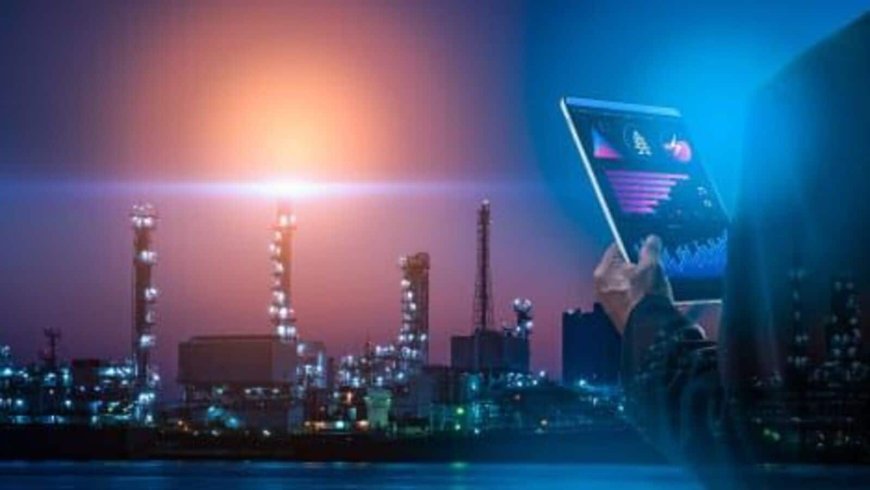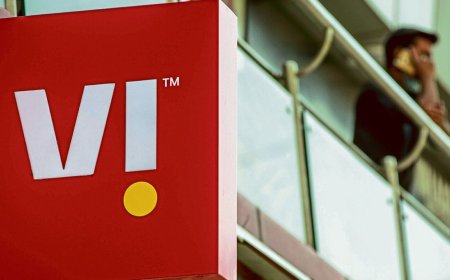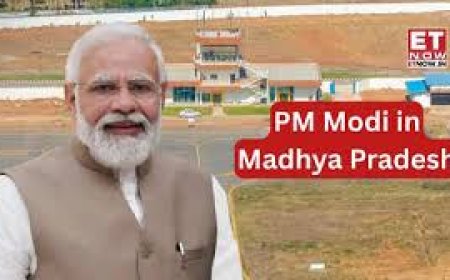West Bengal gears up for rare earth mining in Purulia
West Bengal plans rare earth mining in Purulia to boost economic growth and reduce import dependence. Explore the market context, expert insights, and investor outlook.

Introduction: West Bengal’s Foray into Rare Earth Mining
West Bengal is set to enter a new chapter in its industrial and economic growth with plans to initiate rare earth mineral mining in the Purulia district. This development marks a strategic pivot toward leveraging the state’s natural mineral wealth to meet burgeoning domestic and global demand for rare earth elements (REEs). Rare earths, critical components in high-tech industries such as electronics, electric vehicles, renewable energy, and defense, are increasingly vital in today’s technology-driven world.
With India aiming to reduce its reliance on imports, West Bengal’s move aligns well with national priorities under the Atmanirbhar Bharat initiative and the broader push for supply chain diversification. The upcoming mining operations are expected to not only catalyze regional industrial growth but also position the state as a key player in the rare earth ecosystem.
What Are Rare Earth Elements and Why Are They Important?
Rare earth elements are a group of 17 metallic elements, including neodymium, lanthanum, cerium, and dysprosium. Despite their name, these elements are relatively abundant in the Earth’s crust but are rarely found in economically exploitable concentrations. Their unique magnetic, luminescent, and electrochemical properties make them indispensable in manufacturing permanent magnets, catalysts, batteries, and advanced electronics.
Global demand for rare earths has soared over the past decade, driven by the proliferation of electric vehicles (EVs), wind turbines, smartphones, and military applications. China currently dominates global production, accounting for nearly 60% of the supply, prompting countries like India to seek indigenous sources for these critical minerals.
Purulia’s Rare Earth Potential: Geological Insights
Purulia district, situated in the western part of West Bengal, has been identified by the Geological Survey of India (GSI) as a prospective site for rare earth minerals. Initial surveys have revealed significant concentrations of monazite-bearing placer deposits along the district’s riverbeds and coastal regions.
Dr. Arvind Kumar, a senior geologist at GSI, stated, “The Purulia region holds promising deposits of rare earth elements, particularly in placer sands, which are relatively easier to mine compared to hard rock sources. Our detailed exploration aims to map out economically viable reserves that can support sustained mining activity.”
The state government is collaborating closely with the Ministry of Mines and reputed public sector undertakings like Indian Rare Earths Limited (IREL) to develop infrastructure and expertise needed for extraction and processing.
Economic and Industrial Implications
The commencement of rare earth mining in Purulia is expected to have multi-dimensional impacts on West Bengal’s economy:
-
Job Creation: Mining and ancillary activities will generate direct and indirect employment opportunities, contributing to rural development in Purulia.
-
Industrial Growth: Availability of rare earths could stimulate the establishment of downstream industries such as permanent magnet manufacturing, battery production, and electronics assembly units within the state.
-
Revenue Generation: Royalties and taxes from mining operations will augment state revenues, enabling reinvestment in infrastructure and social development projects.
-
Export Potential: India could emerge as an exporter of rare earth minerals, balancing trade deficits and enhancing geopolitical leverage.
West Bengal Chief Minister Mamata Banerjee recently emphasized, “Our focus is on sustainable and responsible mining that benefits the local communities while propelling West Bengal into the forefront of critical mineral production.”
Environmental and Social Considerations
Rare earth mining is often associated with environmental concerns, including radioactive waste generation, habitat disruption, and water contamination risks. The state government has assured that strict environmental norms will be enforced. Advanced technologies for waste management and eco-friendly extraction methods will be prioritized to minimize the ecological footprint.
Social impact assessments are underway to ensure that indigenous populations and local farmers in Purulia benefit from the development through community engagement, fair compensation, and skill development programs.
Analyst Perspectives and Market Context
Market analysts view West Bengal’s initiative as a strategic move that could enhance India’s rare earth supply security.
Rajesh Mehta, Senior Analyst at Edelweiss Securities, remarked, “India’s dependency on China for rare earth imports is a long-standing vulnerability. The operationalization of mining projects in states like West Bengal could reduce this dependence and improve domestic supply chains, which is crucial given the global tech industry’s growth trajectory.”
Global rare earth prices have seen volatility amid geopolitical tensions and supply disruptions, making new sources attractive to investors and manufacturers alike. India’s rare earth market is expected to grow at a CAGR of around 12% over the next five years, driven by government incentives and rising domestic consumption.
Investor Outlook: Opportunities and Challenges
The rare earth mining sector in West Bengal presents lucrative opportunities for investors in mining, processing, and downstream industries.
-
Opportunities: Early-stage investments in infrastructure development, mining equipment manufacturing, and refining facilities could yield high returns as demand for rare earths escalates.
-
Challenges: Regulatory approvals, environmental compliance costs, and technological hurdles in refining rare earths remain key risks.
-
Government Support: The central and state governments are likely to offer incentives, subsidies, and streamlined procedures to attract private and foreign investment.
Institutional investors and venture capitalists focused on green technologies and supply chain resilience are advised to monitor developments in Purulia closely.
West Bengal’s foray into rare earth mining in Purulia is a forward-looking initiative that aligns with India’s broader goals of self-reliance and technological advancement. While challenges remain, the potential economic benefits, coupled with growing global demand, position this project as a game-changer for the state and the nation.
Sustainable development and community participation will be key to ensuring that the mining operations bring lasting benefits. With careful execution, West Bengal could soon be recognized as a critical hub in India’s rare earth mineral landscape.
What's Your Reaction?
 Like
0
Like
0
 Dislike
0
Dislike
0
 Love
0
Love
0
 Funny
0
Funny
0
 Angry
0
Angry
0
 Sad
0
Sad
0
 Wow
0
Wow
0













































































